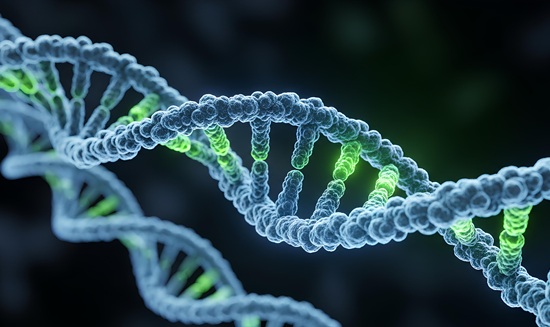Novel Biomarker Identifies Early Clinical CV Disease
By LabMedica International staff writers
Posted on 19 Jul 2017
Coronary artery disease (CAD) is one of the leading causes of morbidity and mortality worldwide, and the economic, social, and costs associated with treating CAD are very high. The severity of coronary artery lesions has been proven to be associated with the risk of future cardiovascular events.Posted on 19 Jul 2017
The role of homocysteine (Hcy) in the pathogenesis of coronary artery disease (CAD) is controversial, as decreased Hcy levels have not demonstrated consistent clinical benefits. Recent studies propose that S-adenosylhomocysteine (SAH), and not Hcy, plays a role in cardiovascular disease (CVD).
Scientists at the Tianjin Medical University General Hospital (Tianjin, China) recruited 160 hospitalized patients with chest pain, aged between 40 and 80 years between March 2016 and September 2016. Patients with atherosclerosis (AS) and CAD were confirmed by coronary angiography. After the patients had fasted overnight, for a minimum of 12 hours, venous blood samples were collected in ethylenediaminetetraacetic acid (EDTA) anticoagulation tubes before coronary angiography.
Plasma Hcy levels were estimated by enzymatic cycling methods. Plasma SAH and S-adenosylmethionine (SAM) concentrations were measured using high performance liquid chromatography (HPLC). The serum folate and serum vitamin B12 concentrations were measured using Immulite Chemiluminescent kits performed on the IMMULITE 2000 XPi analyzer. Levels of total cholesterol, triglycerides, high-density lipoprotein (HDL) cholesterol, creatinine, and fasting blood glucose were measured using routine methods. Low-density lipoprotein (LDL) cholesterol levels were measured using the colorimetric method.
The investigators found that SAH levels were significantly higher in the CAD group (23.09 ± 2.4 nmol/L) than in the AS group (19.2 ± 1.5 nmol/L). While the AS group had higher values for SAM/SAH (5.1 ± 0.7 versus 4.1 ± 1.1), levels of SAM, Hcy, folate, and vitamin B12 were similar in the two groups. Coronary artery lesions were associated with SAH. Plasma SAH concentrations are independently associated with coronary artery lesions among patients undergoing coronary angiography. Plasma SAH might be a novel biomarker for the early clinical identification of CVD.
The authors concluded that that the levels of plasma SAH were independently correlated with coronary lesions among patients undergoing coronary angiography. This positive association suggests that SAH may be a novel and better biomarker for the risk of coronary lesions when compared to Hcy. The study was published on July 4, 2017, in the journal Clinica Chimica Acta.
Related Links:
Tianjin Medical University General Hospital














